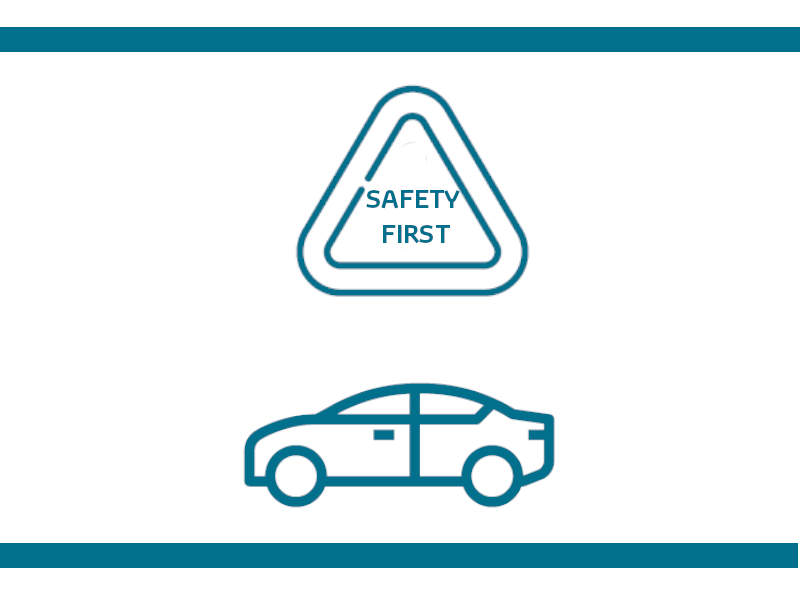It is important to receive all of the training and information needed in regard to the E&HV. Before getting into the driver’s seat, read carefully the vehicle’s manual and follow the manufacturer’s instructions.
The level of competency may vary, depending on what kind of work people are expected to do with E&HVs. For example, if you are involved in repair and/or maintenance, specific and much greater training is required.
